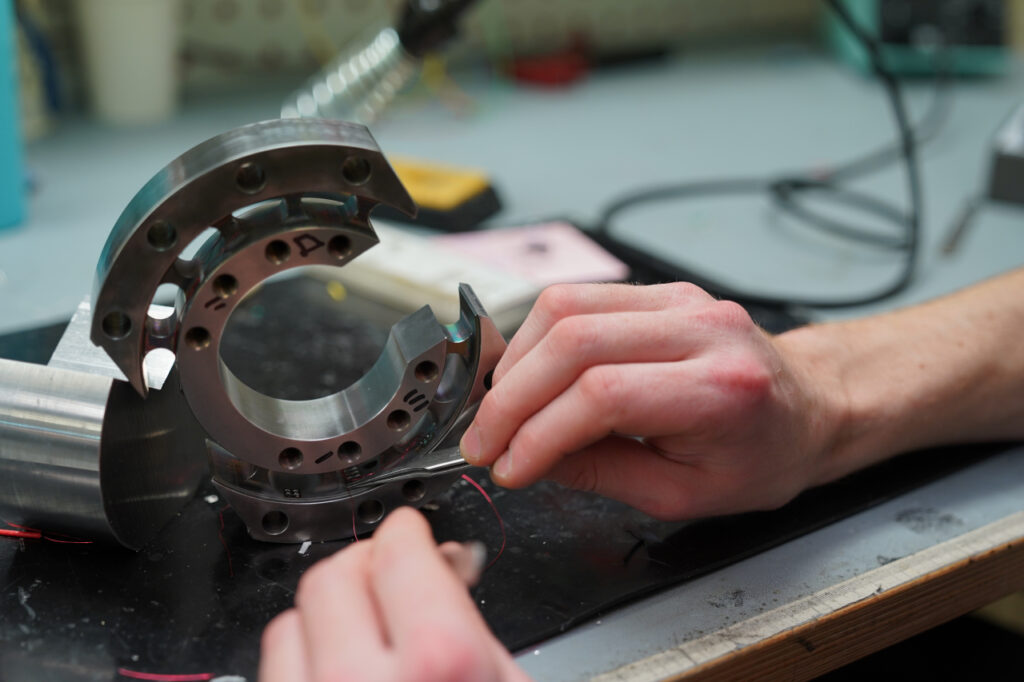Load cells are a fundamental component in modern weighing systems, providing the critical bridge between mechanical force and electrical signals.
If you’ve ever wondered whether there’s a different term for this essential device, you’re in the right place. In this post, we’ll explore the various names used for load cells, why terminology varies, and how to recognise them in practice. We’ll also touch on common applications and considerations when selecting load cells for a project.
Introduction to load cells and synonymy
A load cell is a transducer that converts force into an electrical signal. In everyday language, people often refer to these devices simply as load cells, but there are several other names you might encounter in manuals, supplier catalogs, or industry chatter. Understanding the synonyms can help when researching products, requesting quotes, or communicating with engineers and suppliers.
Some of the most common alternative terms include:
- Strain gauge load cell
- Weighing sensor
- Force transducer
While these terms are related, each carries slightly different connotations. The exact term used can depend on the underlying technology, the application, or regional preferences. For example, “strain gauge load cell” emphasises the typical sensing technology, while “weighing sensor” is a broader descriptor used in general terms.
Common Synonyms in Practice
Strain Gauge Load Cell
The most widely used term for a load cell that relies on strain gauges attached to a deformable element. This phrasing highlights the measuring principle and is common in technical documentation and specifications.
Force Transducer
When a device is described as a force transducer, the emphasis is on converting a mechanical force into an electrical signal, which is precisely what a load cell does. Some industries prefer this term because it underscoring the functional role rather than the particular construction.
Weighing Sensor
In many commercial and industrial contexts, “weighing sensor” is used to describe devices that measure weight or force. It’s a practical, non-technical term that can appear in packaging lines, retail scales, or consumer-facing equipment.
Why Terminology Matters
- Communication: Using the right term helps ensure suppliers and engineers understand your needs accurately.
- Specifications: Different terms may point to specific technologies or form factors, such as single-point, bending, S-type, or parallel beam load cells.
- Sourcing: Some vendors catalogue certain terms more prominently; knowing alternatives expands search results and comparison options.
How to Identify a Load Cell by its Features
Even when different names are used, you can recognise a load cell by its core features:
- It measures force or weight and outputs an electrical signal.
- It uses a sensing element, typically strain gauges bonded to a rigid element.
- It has a mechanical configuration that suits the intended measurement range (e.g., single-point for small platforms, S-type for tension/compression, or shear beam for high-capacity weighing).
Additionally, you might encounter terms like “capacitive load cell” or “piezoelectric load cell,” which point to alternative sensing technologies. While these are not strain-gauge load cells, they still fall under the broader category of load-sensing devices.
Applications and Considerations
Load cells are used across many industries:
- Manufacturing and packaging lines for process control and quality assurance.
- Weigh stations in logistics and freight handling.
- Agricultural and food processing equipment for portioning and dosing.
- Healthcare and laboratory instrumentation for precise measurements.
When selecting a load cell, consider:
- Capacity and accuracy requirements
- Environmental conditions (temperature, corrosion, moisture)
- Mounting style and form factor
- Electrical output options (mV/V, SH/parallel, amplified signals)
- Compatibility with existing instrumentation and data acquisition systems
Understanding that load cells go by several names can streamline the procurement process and reduce project delays. If you’re communicating with a supplier, you might frame your request with several synonyms to ensure you cover all bases.
Practical Tips for Using the Term Effectively
- Start with the core term: load cells. Then add context with synonyms like strain gauge load cell or force transducer.
- Include the application to guide the terminology: for high-precision lab use, emphasise “strain gauge load cell”; for general industrial weighing, “weighing sensor” may be appropriate.
- When searching catalogs: use multiple terms to capture all relevant products.
Final Thoughts
In the world of measurement and weighing technologies, load cells are known by more than one name. Whether you encounter strain gauge load cell, force transducer, weighing sensor, the underlying principle remains the same: converting mechanical force into an electrical signal for accurate measurement.
By familiarising yourself with these synonyms and understanding the nuances behind each term, you’ll be better equipped to specify, source, and implement the right device for your application.
If you’re in the process of selecting a device, consider your exact measurement needs, environmental conditions, and system compatibility, and you’ll navigate terminology with confidence.

